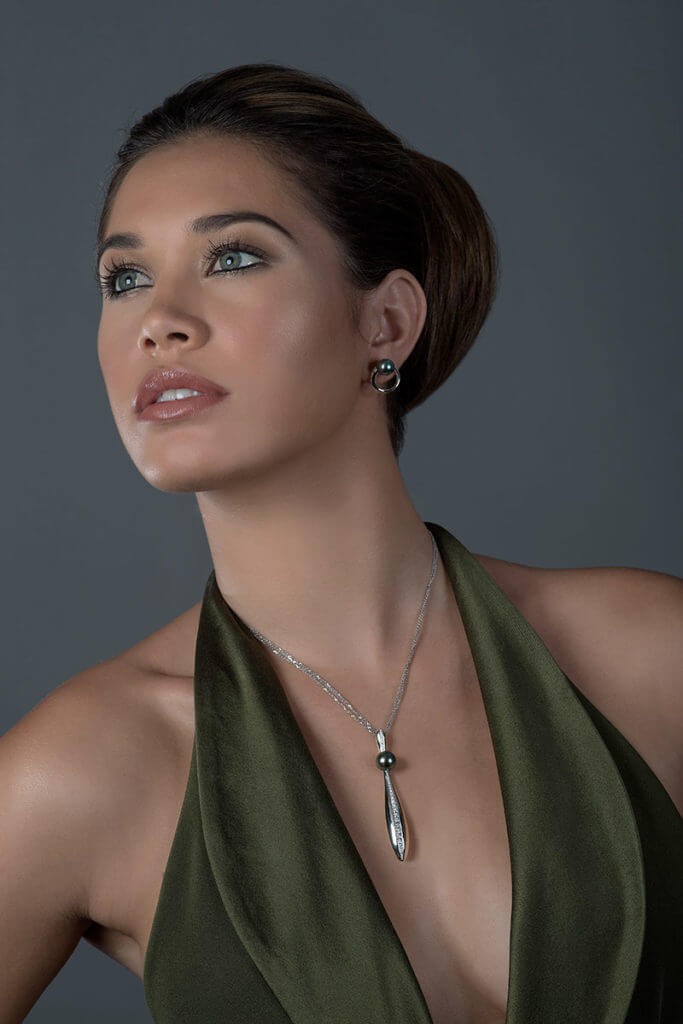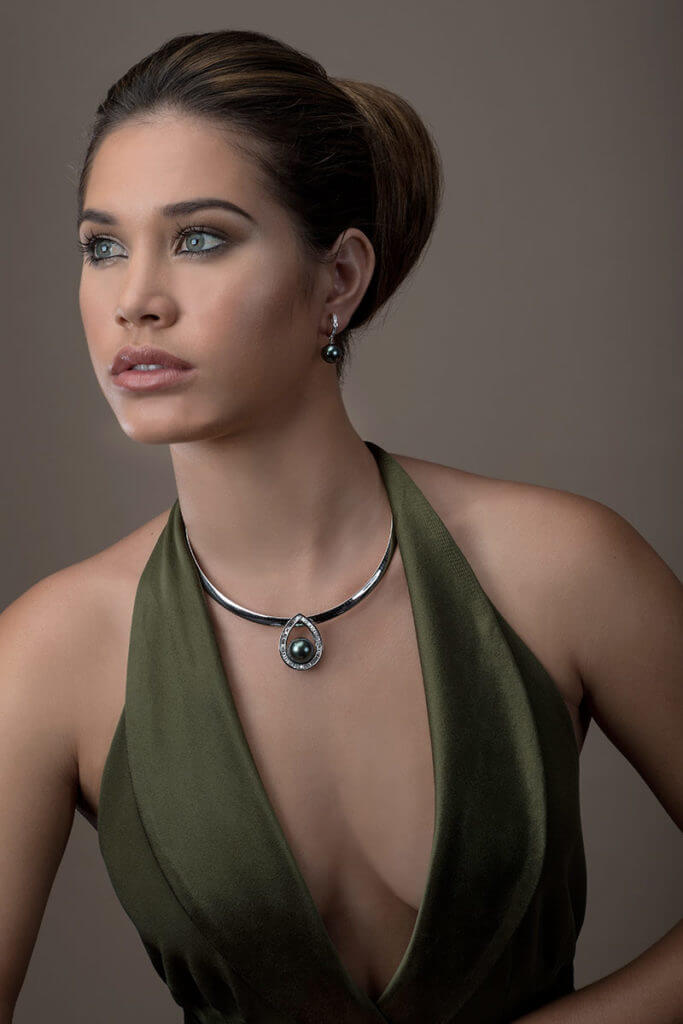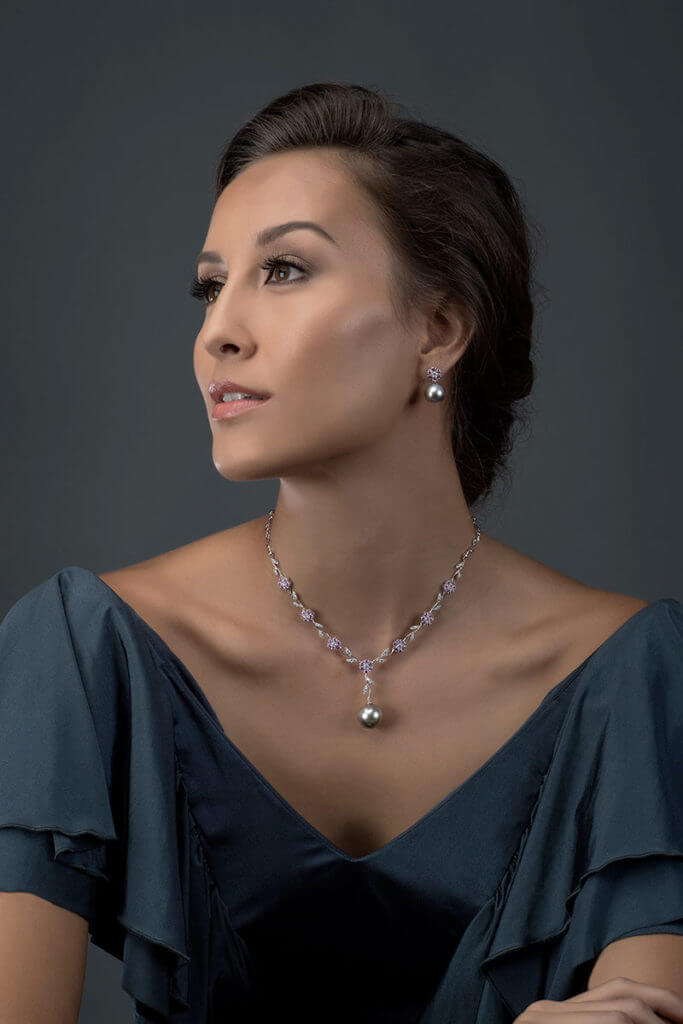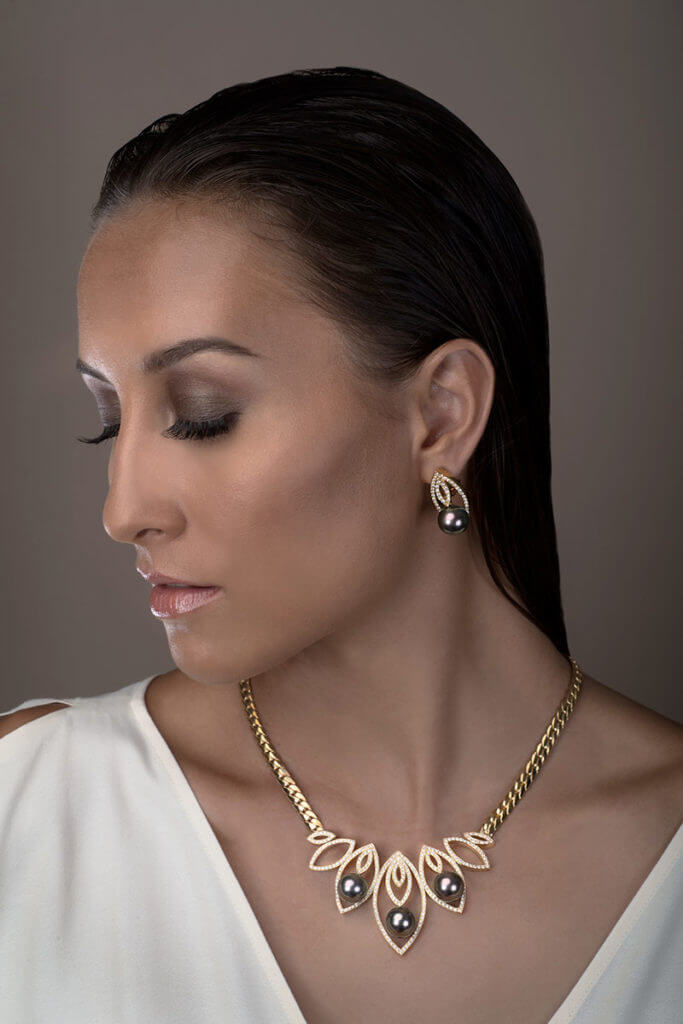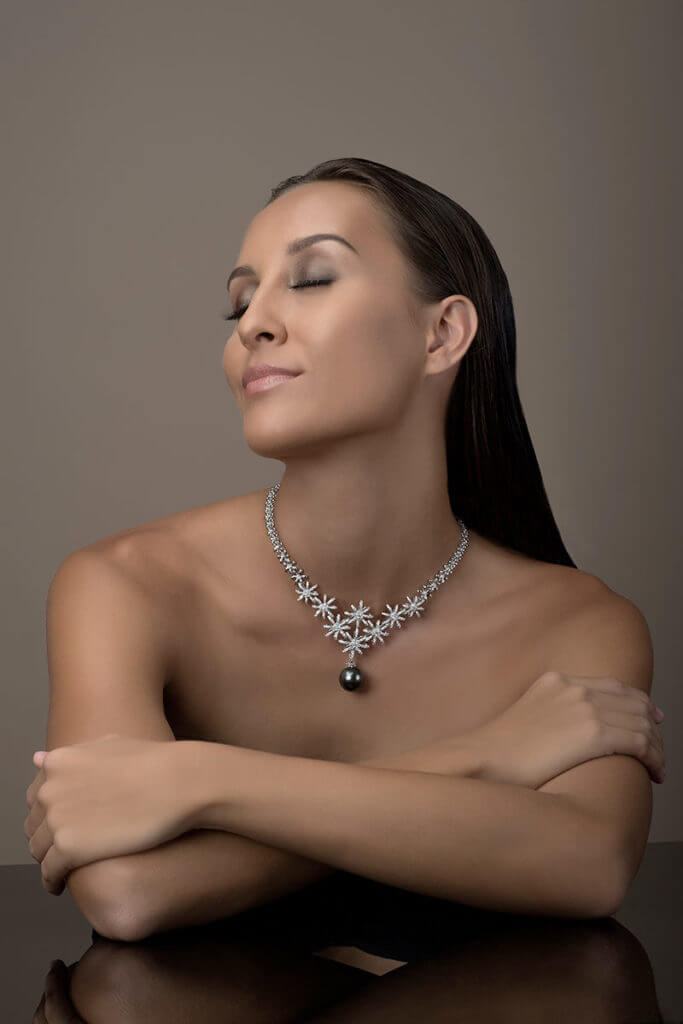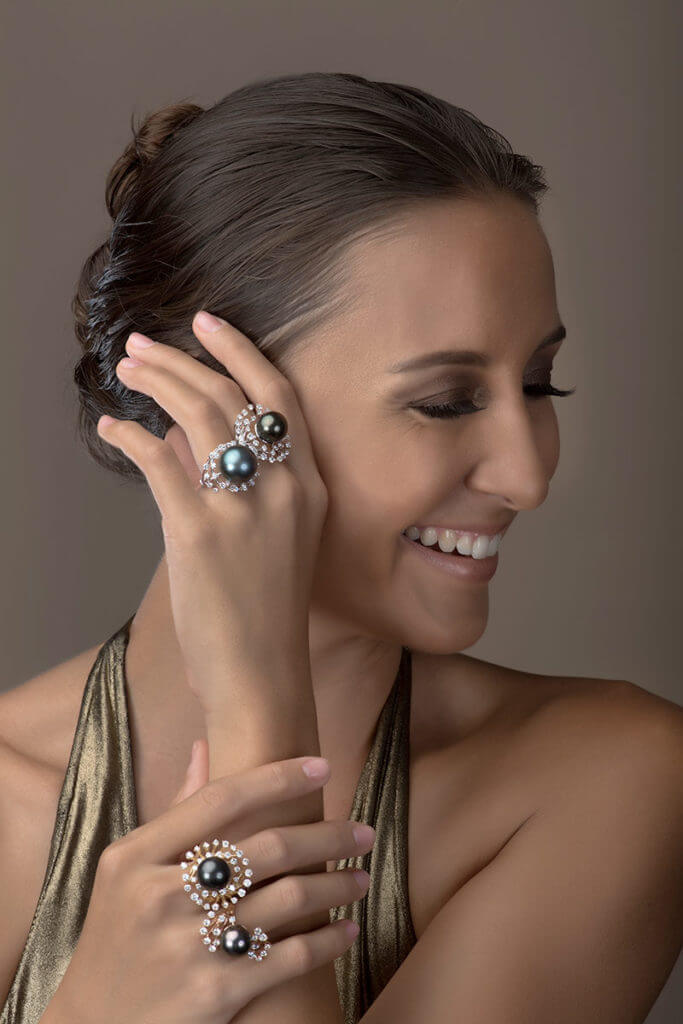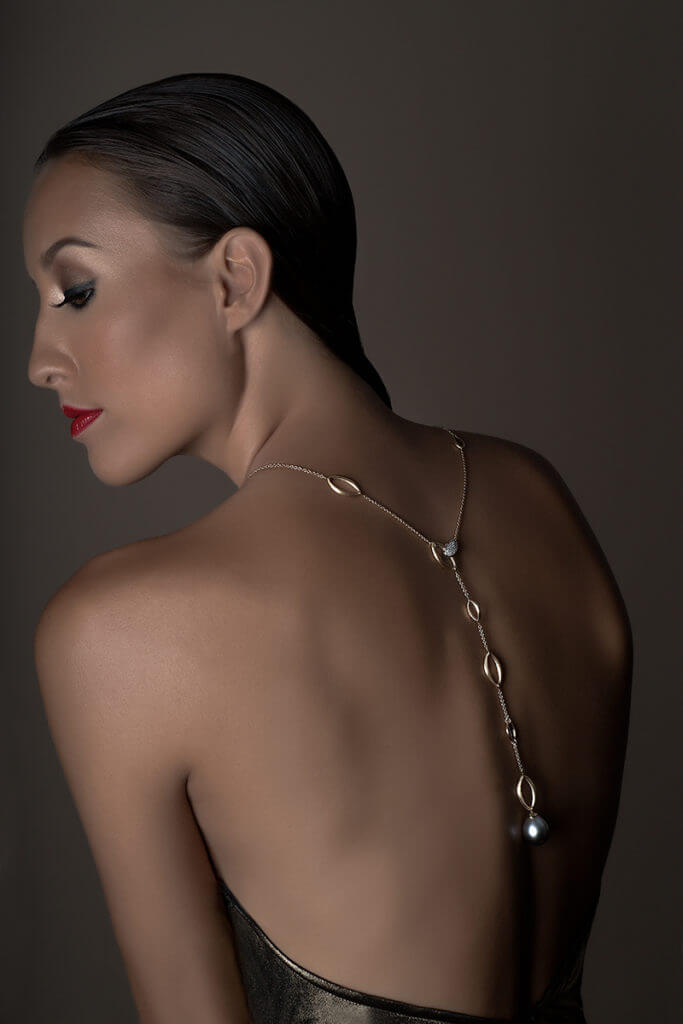Frequently Asked Questions About Tahitian Pearls
What is a "Tahitian Black Pearl"?
A Tahitian Black Pearl is a cultured pearl that starts as a mother or pearl nucleus placed through a grafting operation performed by a qualified professional, into the “Pinctada Margaritafera” or “Black Lipped Oyster” indigenous to French Polynesia.
Why is the Tahitian Black Pearl black?
The color of the pearl is completely natural and is the result of the very dark pigment secreted by the special black-lipped oyster found in French Polynesia. While they are called “ black”, Tahitian Pearls come in many colors, with metallic steel gray the most common. Even deep Black pearls display multicolored reflections.
Do black pearls grow in nature, without cultivation?
Natural Black pearls (uncultivated) are extremely rare and are found in about 1 in every 10,000 oysters. In an effort to preserve the species, it is illegal to dive to find natural pearls.
How long does it take to produce a black pearl?
From grafting to harvesting, it takes between 18 and 24 months to achieve the desired thickness (0.8 mm or more) of nacre around the nucleus of a cultured black Tahitian Pearl. The longer the pearl can stay in the oyster (without harming its host), the thicker the nacre gets and the more lustrous the pearl becomes.
Are Black Pearls Only Produced In Tahiti?
The first black pearls were produced in French Polynesia in the mid-60s, long before any other neighboring island attempted to do so. French Polynesia still accounts for up to 97% of all black pearl production, with the Cook Islands and Kiribati producing the other 3% of global supply.
Why are black pearls larger than white pearls?
The oyster that produces Tahitian black pearl can reach up to 12 inches in diameter. By comparison, the size of the “Akoya” oyster that produces most salt water white pearls will grow to a maximum of only 3 inches. It is therefore possible to use a larger nucleus in the cultivation of Tahitian black pearls. It is also interesting that it takes only about 5 to 6 months to cultivate a white pearl, as opposed 18 to 24 months for the black pearl.
How is the value of a Tahitian black pearl determined?
The main criteria in determining the value of a black pearl are: size, shape, surface quality, luster and color. The most expensive pearls are those that are large, that display rare colors, are round, are free of surface imperfections and that display a high degree of luster.
What color is the most desirable in Black Pearls?
There really is no preferred shade, as color choice is a matter of personal preference. Some rare colors seem to be very popular however, and because of their rarity, command a higher price. Among them is the famous “Peacock” which is a combination of violet-green and purple-eggplant.
How Is The Surface of a Black Pearl Classified?
Black pearls are classified based on the quality of their surface (regardless of shape and size) using a scale from A to D. Class A pearls have tiny surface imperfections limited to less than 10% of the pearl’s total surface area. In Class B pearls, minor imperfections are limited to less than one-third of the pearl’s surface. A Class C pearl shows imperfections over less than two-thirds of its surface, and a Class D over more than two- thirds.


